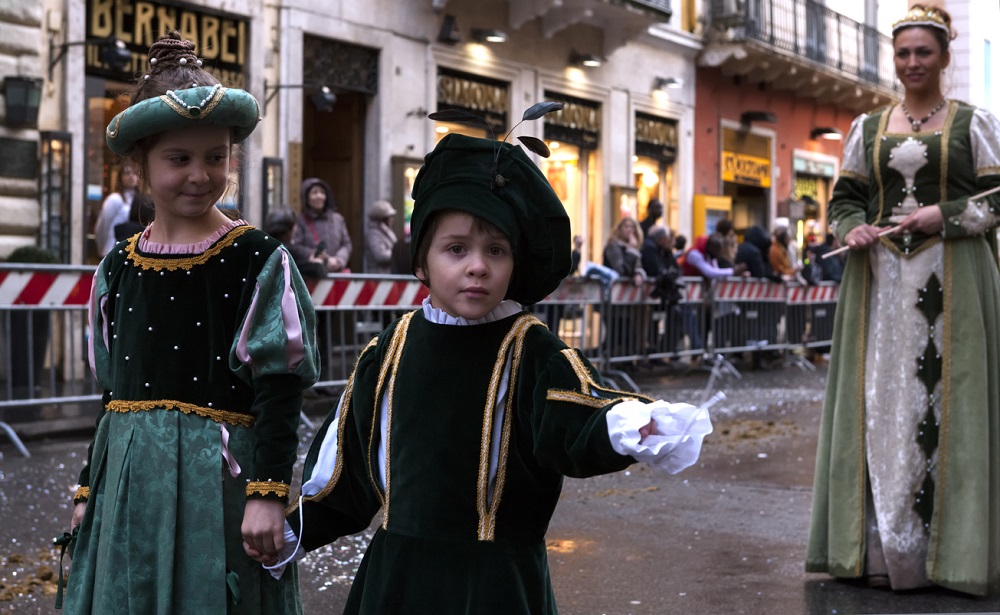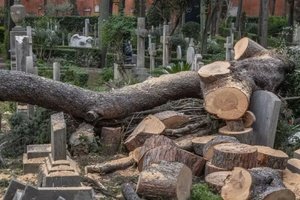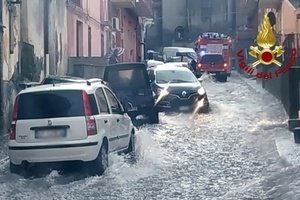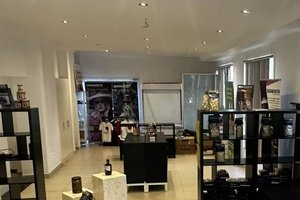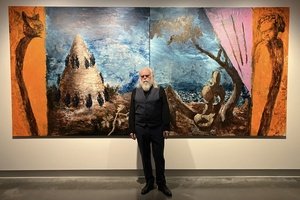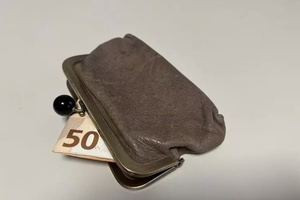The longstanding tradition takes place over around two weeks, with elaborate parades, balls, performances and food fairs.
During this period, Italian cities and towns are literally invaded by masks, confetti, lights and traditional carnival sweets.
The celebrations reach their peak on Giovedì Grasso (Fat Thursday) and Martedì Grasso (Shrove Tuesday), the last Thursday and Tuesday before Lent.
While the most well-known carnival events take place in Venice and the Tuscan town of Viareggio, many other parts of the country celebrate the ritual in their own unique way, including the Italian capital.
The first known traces of Rome’s carnival celebrations date back to the 12th century.
The ludus carnevalarii saw the attendance of the pope since 1143, with events based in the fields below Monte Testaccio.
Festivities included duels and bullfights, attended by noble families as well as ordinary citizens of Rome, keen to witness the wild events as well as take advantage of the meat from the slain animals.
The celebrations were later moved into the city centre to venues such as S. Pietro, Piazza Farnese and Piazza Navona.
However, it was with the arrival of the flamboyant Pope Paul II in 1464 – and his move to live at Palazzo S. Marco near Piazza Venezia – that Rome’s carnival really took off.
Raucous races were held along Via Lata – known today as Via del Corso – with categories including children, the elderly, donkeys and buffaloes, all competing for handsome prize money.
Over the centuries, carnival had its ups and downs, all depending on the scruples of the reigning pope: some pontiffs allowed Romans to revel in excess, while others repressed the festivities.
The most anticipated event was the race of the Berber horses, a wild and dangerous spectacle along Via Lata, where crowds celebrated with colourful masks and extravagant displays of fireworks.
Donkeys and buffaloes also raced down the road, but there was no question that it was the Berber horses that were the main attraction.
The Berber horse race was abolished in 1874 by King Victor Emmanuel II due to the death of a spectator, resulting in Rome’s carnival celebrations falling into oblivion for over a century, until their revival in recent years.
Today, Rome’s carnival festivities are mainly for children.
Taking a stroll in the city centre, you are likely to meet many kids dressed up in the various types of costumes, usually throwing clouds of confetti following their steps like petals following a bride!
The most popular event during the period is the horse-drawn parade that takes place along Via del Corso.
With more than 100 horses and carriages, the parade evokes the infamous Berber horse race and is followed by a thrilling firework display in Piazza del Popolo.
Another important part of the celebrations are the culinary specialties.
From the beginning of February, bakeries and delicatessens start offering seasonal treats, including: frappe, strips of dough that are fried or oven-baked and then dusted with icing sugar; castagnole, small balls of dough that are fried and usually dusted with icing sugar or coated in honey; and bignè di San Giuseppe, soft balls of dough that are filled with custard cream and fried.
While Rome has been forced to postpone carnival celebrations in recent years due to the COVID-19 pandemic, the tradition has lasted millennia in one form or another and will continue to endure into the future.


